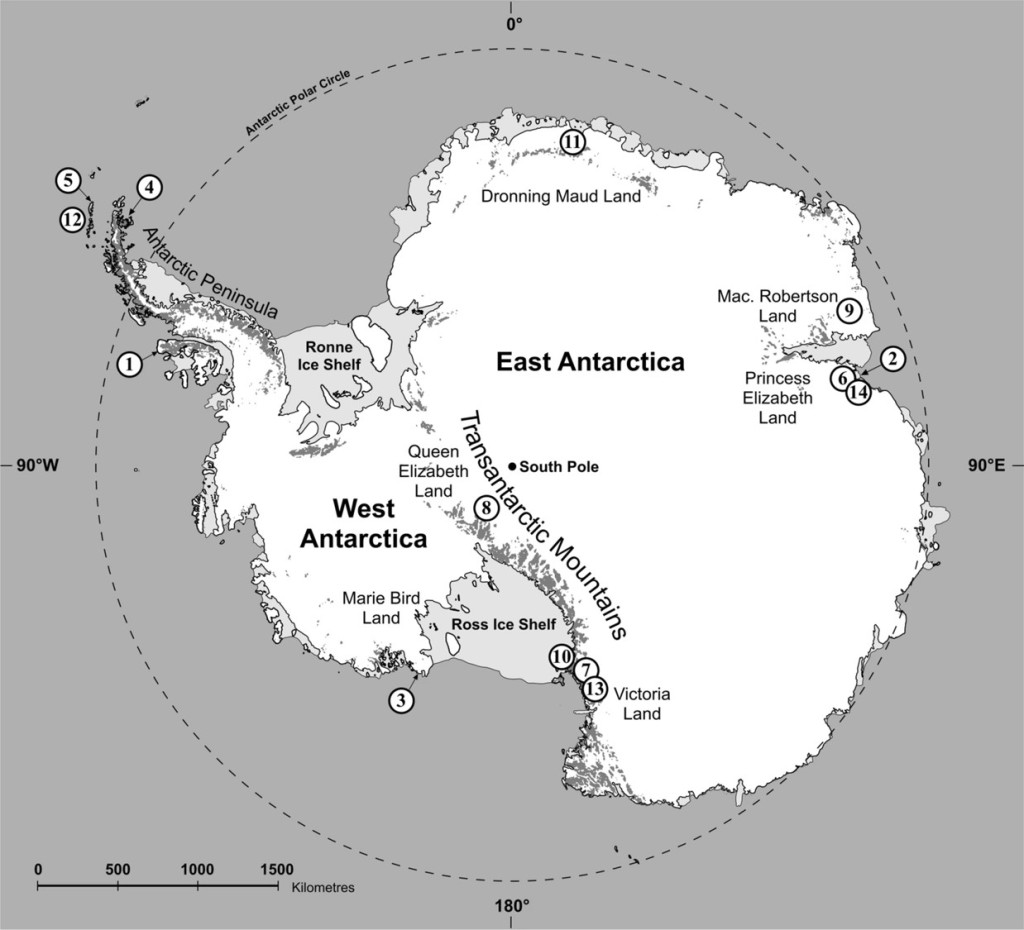
Authors
Nataliia Velichko, Svetlana Smirnova, Svetlana Averina & Alexander Pinevich
This review compiles principal data on Antarctic cynobacteria published in recent decades and focuses on the diversity, environmental adaptations, and ecotypes of these microorganisms. Multidisciplinary investigation of Antarctica is important especially in times of global climate change and anthropogenic threats to unaltered ecosystems. Antarctica, which has been disconnected from Gondwana for the last 65 Myr, harbors relict biota mainly including microorganisms adapted to multiextreme environments. Cyanobacteria represent the most well studied Antarctic microorganisms related to the cell biology, abundance, distribution, and symbioses. However, substantial drawbacks remain, e.g., (i) the diversity of Antarctic cyanobacteria has been evaluated without a consensus between bacteriologists and phycologists due to the intricate interplay of morphological records, genomic data and culturing restrictions as well as taxonomic obstacles; (ii) although the main strategy of Antarctic cyanobacteria is biofilms (in particular, microbial mats), detailed knowledge on these symbiotic systems is still fragmentary; (iii) the specificity of the ‘Antarctic cyanobacteria biosphere’ should be better understood in light of unresolved questions related to endemism in prokaryotes, and (iv) the strains of Antarctic cyanobacteria maintained in culture are not numerous and not very diverse. These issues are at the forefront of cyanobacteriology, which is supported by related biosciences and earth sciences.
